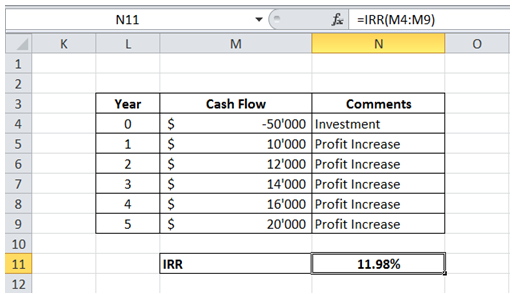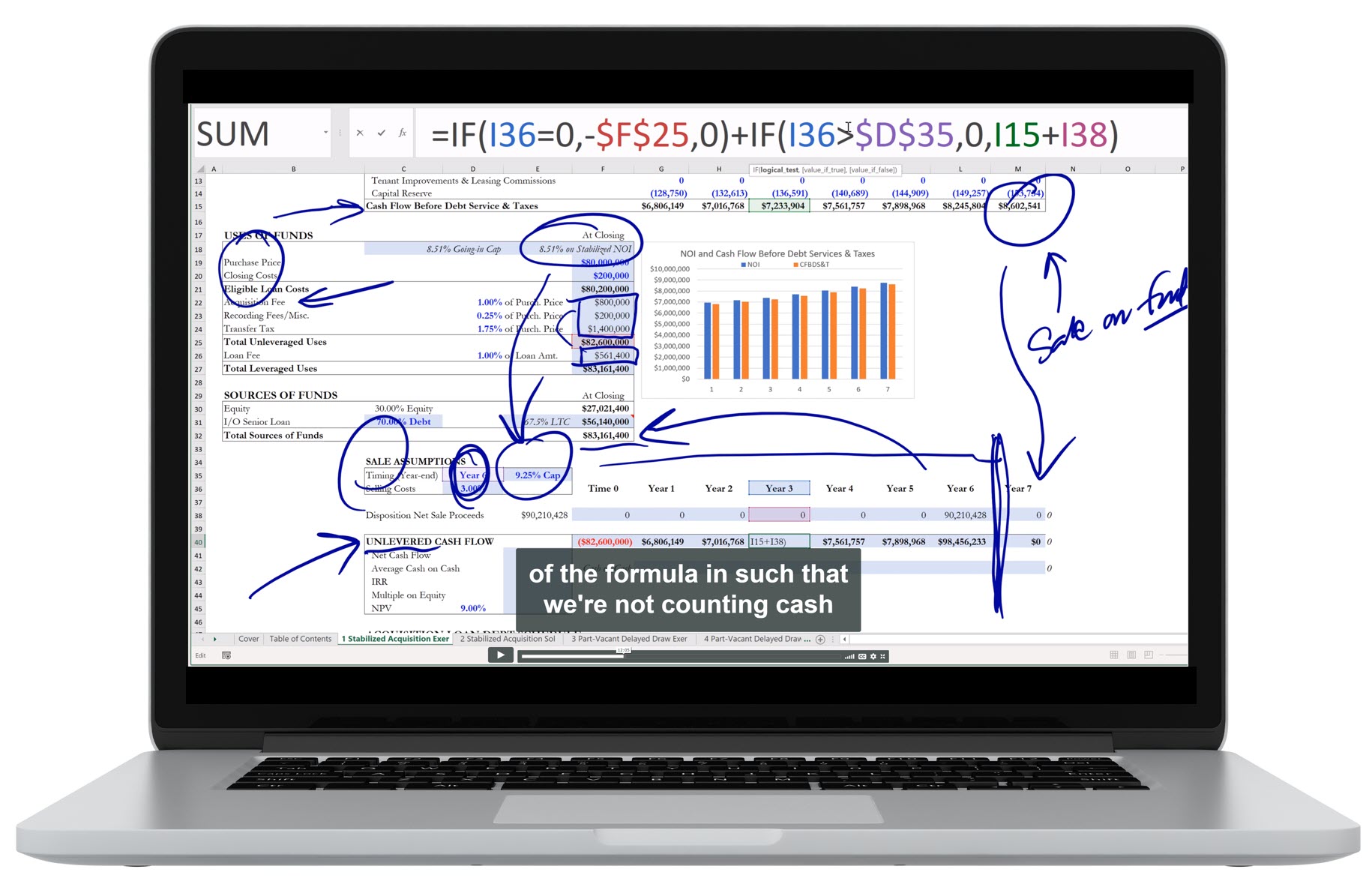



In PC/Windows Excel, the shortcut is Alt, D, T or Alt, A, W, T (there is no shortcut in Mac Excel):Ī properly set-up and formatted sensitivity table looks like this (taken from the Walmart DCF, where we vary the Discount Rate and Terminal Growth Rate to assess the company’s implied value): Internally in Excel, sensitivity analyses are known as “data tables,” and you can access them in the ribbon menu under the Data tab and “What-If Analysis”: Sensitivity Analysis Excel: Data Tables and How to Build Them You can use sensitivity analysis to look at how this company’s valuation changes as you move from one scenario to the next. And if it declines or grows at a negative rate, that could be a third scenario. If it grows in-line with expectations, that could be another scenario. Sensitivity analysis in Excel lets you vary the assumptions in a model and look at the output under a range of different outcomes.Īll investing is probabilistic because you can’t predict exactly what will happen 5, 10, or 15 years into the future – but you can come up with a reasonable set of potential scenarios.įor example, if a company you’re analyzing exceeds growth expectations and grows at 15% per year rather than 5-10%, that might be one scenario.


 0 kommentar(er)
0 kommentar(er)
